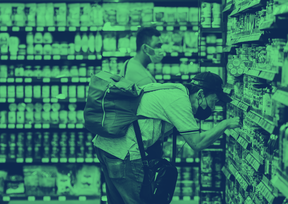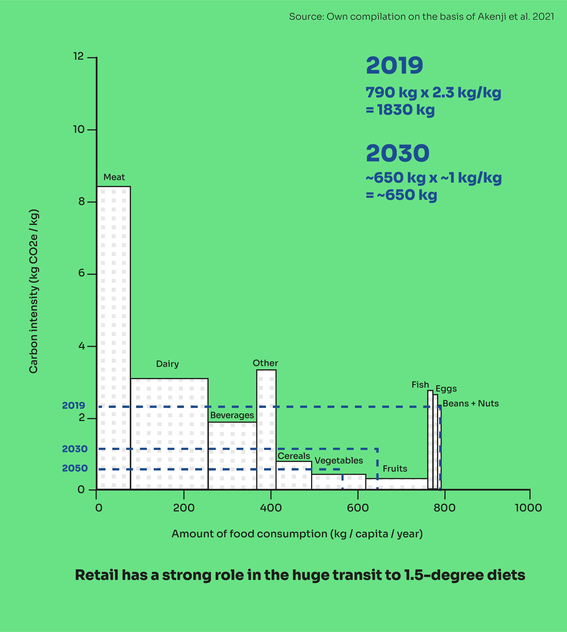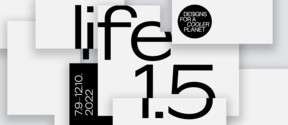Life 1.5 – an exhibition of planet-friendly materials, fashion and food
Designs for a Cooler Planet is a five-week-long festival celebrating experiments in planet-friendly materials, fashion, and food.


1.5-degree lifestyles address the criticality of a need for an acute paradigm shift in our lifestyles, a progressive step towards limiting global warming to no more than 1.5 degree Celsius above pre-industrial levels. 1.5-degree lifestyles are crucial to keep global warming at a level livable for the human population.
Read more about 1.5-degree lifestylesAfter transport, food is the second largest contributor to the average lifestyle carbon footprint in Finland. To meet the 1.5-degree climate target, the average carbon budget for food should be less than a half from the current budget already by 2030. This implies significant changes in a short time.
Retail plays a central role in the provisioning system of food because most food is bought from retail. The display showcased in this exhibition aims to sensitize people towards the role of retail, highlighting the importance of pushing towards behavioral design practices like nudging that can be adopted to guide consumers towards sustainable food choices. In addition, the display aims to increase awareness to activate all of us to request for sustainable products and be more conscious of our food and dietary choices to make them comply with the 1.5-degree climate target.
The physical display showcases a mock-up of a retail section that consists of weekly recipes where consumers are nudged towards more environmentally sustainable food choices. The shelfs provide alternative dietary options to promote reduced consumption of high-carbon food items that would be required to eventually meet the 1.5-degree food targets by 2030 and 2050. Through nudges at several touchpoints including the purchase receipts, it aims to encourage consumers to adopt personal carbon budgeting habits through information that is relevant and easy to comprehend.
The background of this project is the research that is based on the coursework of two student groups from the Design Approaches to Sustainable Consumption course at the Creative Sustainability program that has taken up several central issues around carbon budgeting and sustainability impact. The exhibition is an extension of the coursework, that has been designed and curated by a working group that consists of Radhika Motani, Pamela Ngui and Michael Lettenmeier.
We would like to thank S-group for all the support and access to necessary resources for the generation of the concepts. The recipes are compiled from the K-Ruoka website. The carbon footprint calculations are based on the data from ‘The Big Climate Database’.

Designs for a Cooler Planet is a five-week-long festival celebrating experiments in planet-friendly materials, fashion, and food.

Better alternatives for food, food systems and packaging.